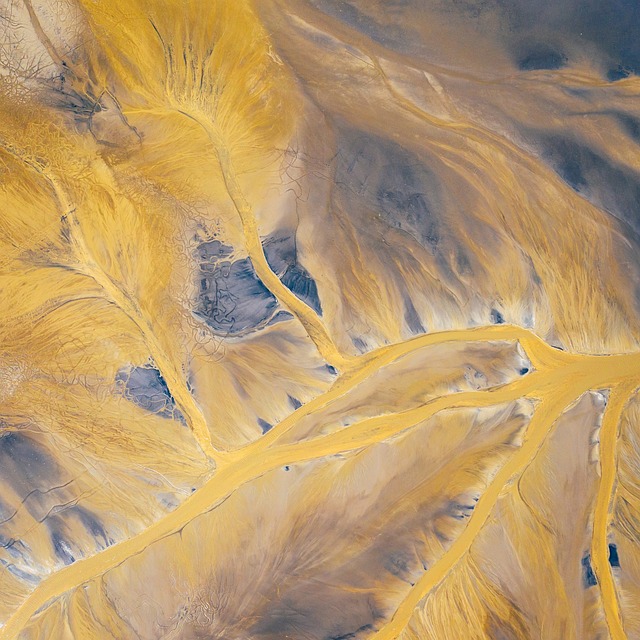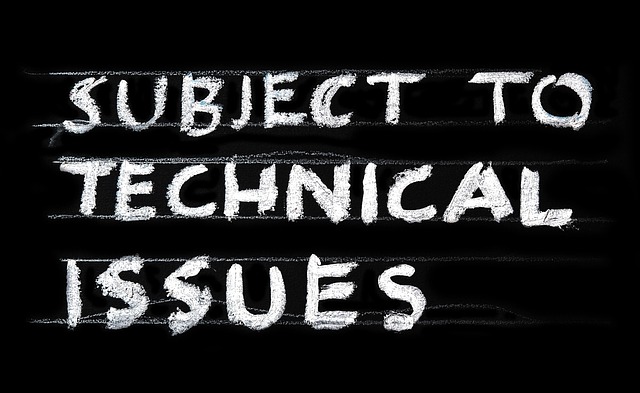The Impact of Climate Change on Natural Disasters: Understanding the Environment Warming Connection
The connection between climate change and natural disasters is becoming increasingly evident, forcing us to confront a reality that many of us can no longer ignore. Our environment is warming at an unprecedented rate, leading to an uptick in the frequency and severity of natural disasters around the globe. As communities grapple with hurricanes, wildfires, floods, and droughts, the question we must ask ourselves is: how are these events interlinked with our changing climate?
Natural disasters have always been a part of our planet’s history, but recent trends indicate that their intensity and regularity have skyrocketed in recent decades. As global temperatures continue to rise due to human activities, such as fossil fuel combustion and deforestation, the delicate balance of our ecosystems is disrupted. This disruption influences weather patterns, resulting in stronger storms, prolonged droughts, and more intense wildfires.
Hurricanes and Tropical Storms: A Warmer Ocean’s Fury
One of the most noticeable impacts of climate change is the increase in the ferocity of hurricanes and tropical storms. Warmer ocean waters provide more energy to these storms, intensifying their power. The devastating hurricanes that have wreaked havoc on coastal cities in recent years serve as wake-up calls, reminding us how vulnerable our communities are to nature’s wrath. With rising sea levels, the threat of storm surges becomes even greater, leaving coastal residents on the frontline of these impending disasters.
Wildfires: A Scorching Reality
In recent years, we’ve witnessed an alarming rise in wildfires that have turned vast landscapes to ash. Climate change has created conditions that are more conducive to wildfires, such as prolonged heatwaves and dry spells. The aftermath of these blazes leaves communities shattered and ecosystems struggling to recover. As smoke billows high into the sky, it is a stark reminder of the urgent need for action; the very air we breathe becomes compromised, extending the consequences of these natural disasters beyond the immediate destruction.
Floods: The Deluge of Change
Flooding, too, has been exacerbated by climate change. The increase in rainfall intensity and the number of heavy precipitation events leads to sudden, destructive flooding. Last year’s record-breaking torrential rains caused catastrophic flooding in various parts of the world, devastating homes and displacing families. The emotional and financial toll of such disasters can linger for years, painting a grim picture of life in the wake of nature’s fury.
Drought: A Slow-Burning Disaster
While floods and storms often grab headlines, the slow-burning disaster of drought deserves our attention. As regions face increasing temperatures and changing rainfall patterns, crops fail, and water supplies dwindle. This dire situation poses serious risks not only to food security but also to the livelihoods of millions. Communities that depend on agriculture grapple with the creeping threat of drought, illustrating how climate change can transform our relationship with the land.
As we witness the increasing ferocity and frequency of natural disasters, it is crucial to understand their profound connection to climate change. This growing awareness should spur us into action—not only to address the effects of these disasters but also to implement changes that will mitigate their causes. Collectively, we can work towards a more resilient future, where the impacts of climate change are lessened, and communities are better prepared for the natural disasters that lie ahead.




